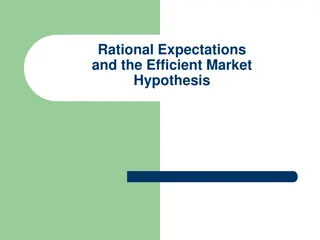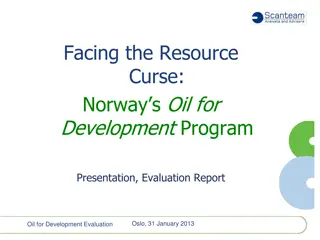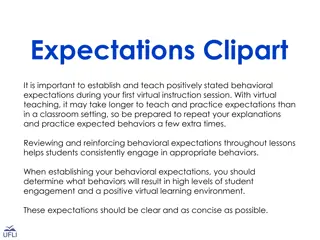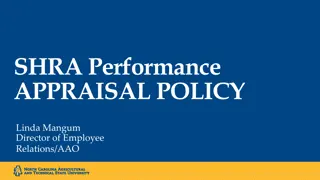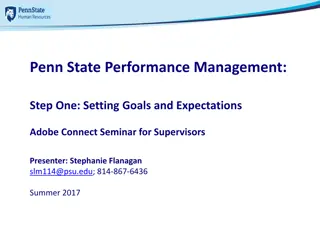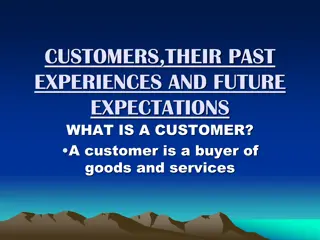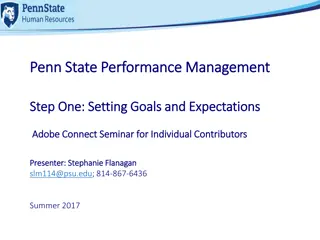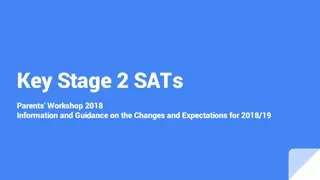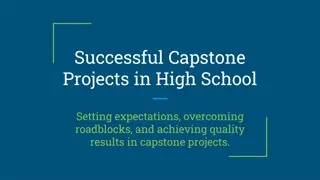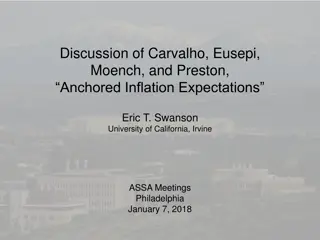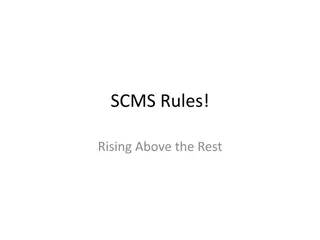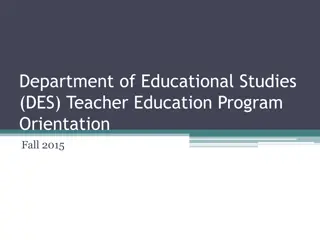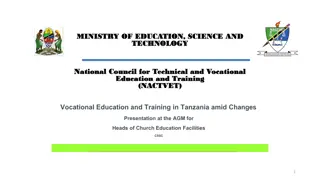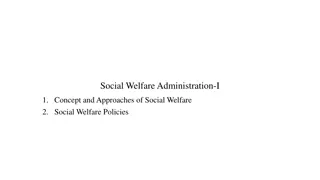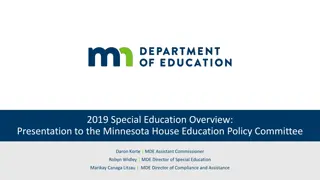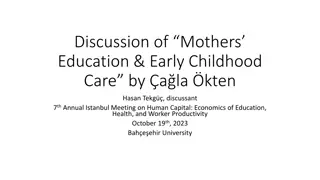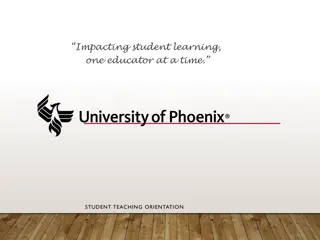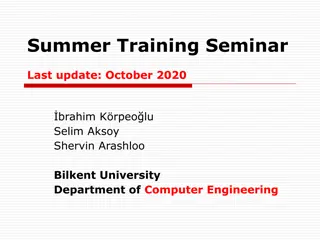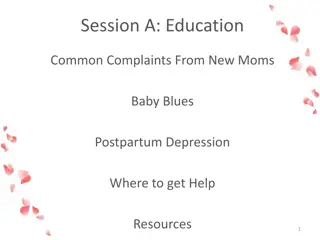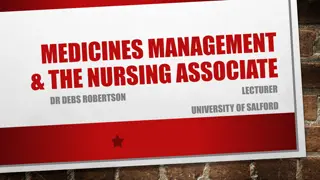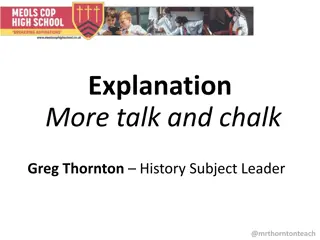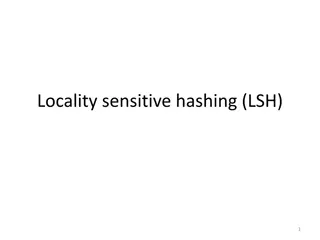The Curse of Expectations in Education
The belief in the S-shape curve of educational benefits leads to the harmful practice of placing all educational hopes on one child, creating a perceived poverty trap. The combination of high ambition and low expectations in elitist school systems perpetuates inequality and stereotype threat, hindering the overall growth and potential of students. The failure of schools in developing countries to cater to regular children's needs further accentuates the disparity in education quality, resulting in wasted potential and unfair outcomes for many students.
Download Presentation

Please find below an Image/Link to download the presentation.
The content on the website is provided AS IS for your information and personal use only. It may not be sold, licensed, or shared on other websites without obtaining consent from the author. Download presentation by click this link. If you encounter any issues during the download, it is possible that the publisher has removed the file from their server.
E N D
Presentation Transcript
Top of The Class THE CURSE OF EXPECTATIONS
The Illusory S-Shape They see education as a lottery ticket, not as a safe investment. Parents also tend to believe that the first few years of education pay much less than the next ones. In reality, available estimates show that each year of education increases earnings more or less proportionally.
P88- This belief in the S-shape means it makes sense for them to put all their educational eggs in the basket of the child they perceive to be the most promising, making sure that she gets enough education, rather than spreading the investment evenly across all their children. In reality, there should not be an educational- based poverty trap: Education is valuable at every level. But the fact that parents believe that the benefits of education are S-shaped leads them to behave as if there were a poverty trap, and thereby inadvertently to create one.
Elitist School System The problem is not the high ambition per se; what makes it really damaging is that it is combined with low expectations of what the students can accomplish. The study found that teachers gave significantly lower grades to lower-caste students when they could see their caste than when they could not.
P92- The belief in the S-shape curve leads people to give up. This behavior creates a poverty trap even where none exists in the first place. Families that assume that a child of theirs will make it end up confirmed in their high hopes. The power of what he calls stereotype threat
WHY SCHOOLS FAIL Because in many developing countries both curriculum and the teaching are designed for the elite rather than for regular children attempts to improve the functioning of the schools have generally been disappoiting. Their entire point is to prepare the best- performing children for some difficult public exam
P95- The constraints imposed by the official pedagogy and the particular focus on covering the syllabus seem to be much of a barrier. This pattern or beliefs and behavior means that most school systems are both unfair and wasteful. Among all those people who drop out somewhere between primary school and college .are the victims of some misjudgment somewhere.
P96- The problem is that there no straightforward ways to identify talent : giving people enough chances to show what they are good at. A combination of unrealistic goals, unnecessary pessimistic expectations and the wrong incentives for teachers contributes to ensure that education systems in developing countries fail their two main tasks: giving everyone a sound basic set of skills, and identifying talent.
REENGINEERING EDUCATION every child leans the basics well in school is not only possible, it is in fact fairly easy ,,,. It turns out that even the most severe disadvantage in terms of family background and early life conditions can largely be compensated for, where the right conditions are met.
P98- A first factor is a focus on basic skills, and a commitment to the idea that every child can master them as long as she, and her teacher, expends enough effort on it. Children who are completely lost in the regular school system are given a chance to catch up, and many take it.
P98- A second piece of good news from Pratham s work is that it takes relatively little training to be an effective remedial teacher, . Third, there are large potential gains to be had by reorganizing the curriculum and classrooms to allow children to learn at their own pace, and in particular to make sure the children who are lagging behind can focus on the basics.
P100- Finally, given that good teachers are hard to find and information technology is getting better and cheaper by the day, it seems rational to use it more. This highlights what is particularly good about the computer as a learning tool: Each child is able to set his or her own pace through the program.
P101- Recognizing that schools have to serve the students they do have, rather than the ones they perhaps would like to have, may be the first step to having a school system that gives a chance to every child.



